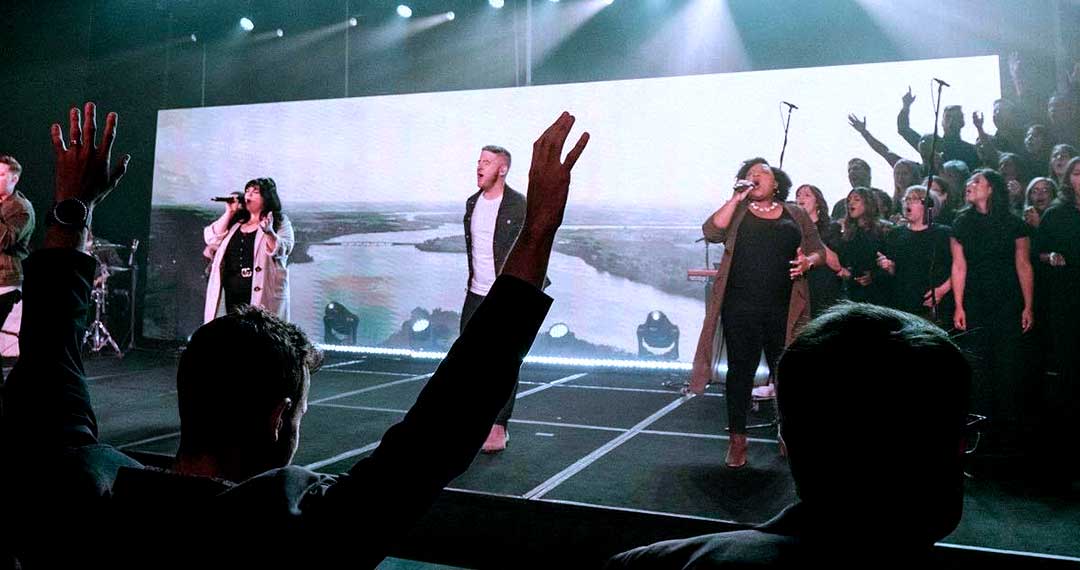Enhancing Visual Effect Through Tactical Material Scheduling in Light Emitting Diode Wall Execution
Wiki Article
Maximizing aesthetic impact during LED wall performances requires careful preparation plus tactical visual timing. LED walls represent potent instruments in graphic narration, frequently utilized during concerts, events, and presentations. The effectiveness of these displays depends not only on the caliber of the images yet additionally upon the manner plus timing they are shown. By comprehending the viewers' focus duration plus the rhythm of the occasion, event planners can craft a more captivating encounter that enthralls spectators plus improves the overall performance.
One key aspect of strategic content scheduling is timing. It is essential to align the visuals with the rhythm and pace of the show. For example, in the course of a music show, images should enhance the beat and mood of the music. This synchronization helps to create a cohesive experience that draws the audience closer. Additionally, it is crucial to take into account the length of each image segment. Short, impactful clips can maintain audience engagement, while extended images may be appropriate for instances of reflection or emotional connection. By varying the length and intensity of the visuals, organizers can maintain the audience engaged throughout the performance.

Another important element is the material in question. The visuals displayed on the light-emitting diode wall should be pertinent to the concept of the show. This pertinence helps to reinforce the message being conveyed and renders the experience more unforgettable for the viewers. For instance, if the show is about ecological awareness, using visuals that depict nature and wildlife can enhance the message. Furthermore, incorporating dynamic elements, such as animations or interactive visuals, led wall content management for government can introduce thrill and maintain the audience's attention. The right content, presented at the right time, can considerably enhance the effect of the show.
Viewer involvement is also a key factor in visual timing. Understanding the demographics and preferences of the audience can guide the selection of visuals. For example, a younger audience may respond better to vibrant colors and fast-paced animations, while an older audience might appreciate more nuanced and refined images. By customizing the material to the audience's preferences, organizers can create a more personalized experience that resonates with viewers. Additionally, incorporating viewer involvement, such as real-time surveys or social interactions, can further enhance engagement and make the show more engaging.
Finally, assessing the efficacy of the visual timing is crucial for upcoming shows. Collecting feedback from the audience can offer valuable information into what was effective well and what could be improved. This information can help event planners improve their approaches and take knowledgeable choices for future performances. By constantly evaluating and adapting the content scheduling approach, organizers can maximize the visual effect of light-emitting diode screen shows plus create unforgettable experiences for their audiences.